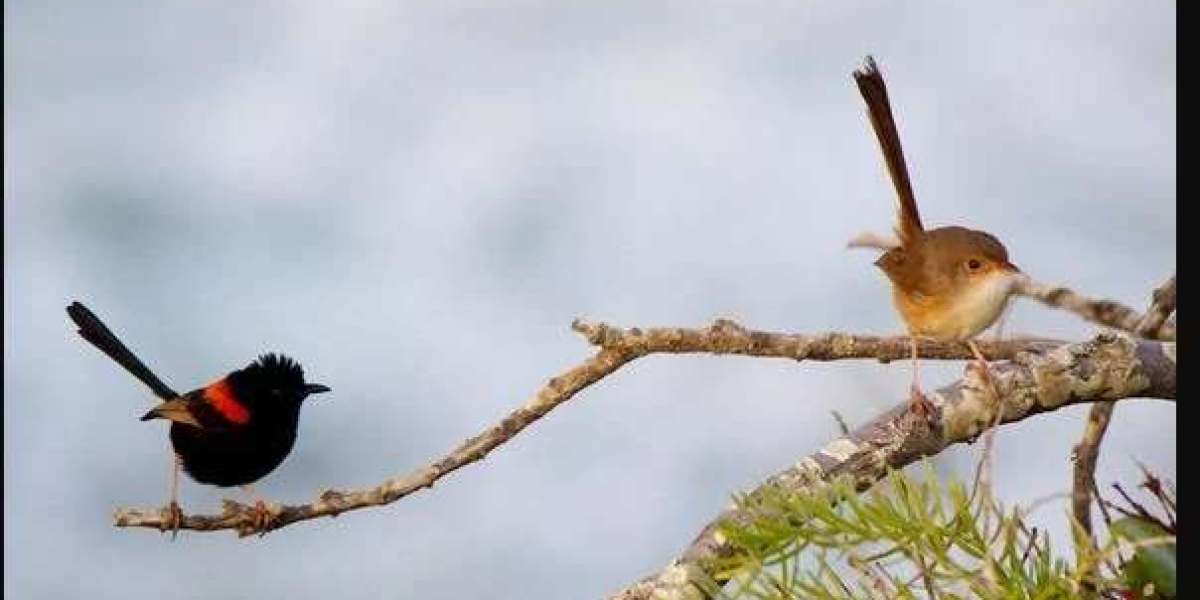article image source: kknews.cc (link)
An international research team has discovered that over 20 bird species across four continents emit a similar moaning call when a parasitic bird is near their nests, according to a study published on October 3rd in Nature Ecology & Evolution.
advertisement
The researchers explain that this is the first clear instance of a learned animal sound arising from an instinctive response shared across multiple species. The findings open a window into understanding how birds from different geographic regions and even time periods have adapted to develop a similar vocal communication system, and how learning skills are built upon innate instincts.

image source: seasonsflow.wordpress.com
Reproductive Parasitism
"Reproductive parasitism" occurs in birds when species like cuckoos lay their eggs in the nests of other birds. The host birds unknowingly care for the parasitic eggs, raising them at the expense of their own young. As a result, it is in the host birds' best interest to detect the parasites early, alert their neighbors, and take action to remove the intruders, according to co-author James Kinrley, a postdoctoral fellow at the Cornell Lab of Ornithology, in an interview with Al Jazeera.
Field teams have recorded warning calls in regions as distant as Australia, China, and Zambia. Surprisingly, birds from different families produce nearly identical moaning sounds when a parasitic bird enters their territory.

Bird flock flying - image source: freepik.com
A Two-Step Explanation for the Shared Call
The research team offers a two-step explanation for why birds, who have never met, use the same moaning call. First, birds have an instinctive drive to investigate the source of such sounds, meaning they come closer to assess the situation. Second, "During this moment, the birds observe the scene and understand that the sound is associated with a parasite near the nest. Over time, they learn to make the same call in the same context," Kinrley explains.
He continues, "At this point, as the birds absorb signals from their environment, they learn when to make the call in the future."
The researchers describe this process as a form of social transmission of meaning, as the significance of the sound spreads across the group. Moreover, this call lies somewhere between instinctual animal sounds and fully learned vocal units, such as human words. "In other words, the instinctive response opens the door, and the learning process gives the sound its specific meaning," Kinrley elaborates.

image source: wikimedia.org
Interconnected Relationships
The study also revealed that the species making the moaning call often live in areas where the relationships between parasitic birds and their hosts are particularly intertwined. In these hotspots, different species may collaborate to fend off the parasite, Kinrley says. When birds work together to expel parasites, effective communication about how and when to cooperate becomes crucial. As a result, this moaning call is more common in regions heavily affected by reproductive parasitism. According to Kinrley, the evolution of this call influences cooperative behavior patterns among birds worldwide.
What makes this study stand out, according to the authors, is the close link between instinctive sounds and learned behaviors. "For the first time, we document a call that combines both learned and instinctive components."
These results challenge the traditional boundary between animal communication and human language. The findings suggest that complex learned systems, such as our language, could gradually emerge through the layering of learning elements over innate foundations, one shared call at a time.
Thank you !
















































